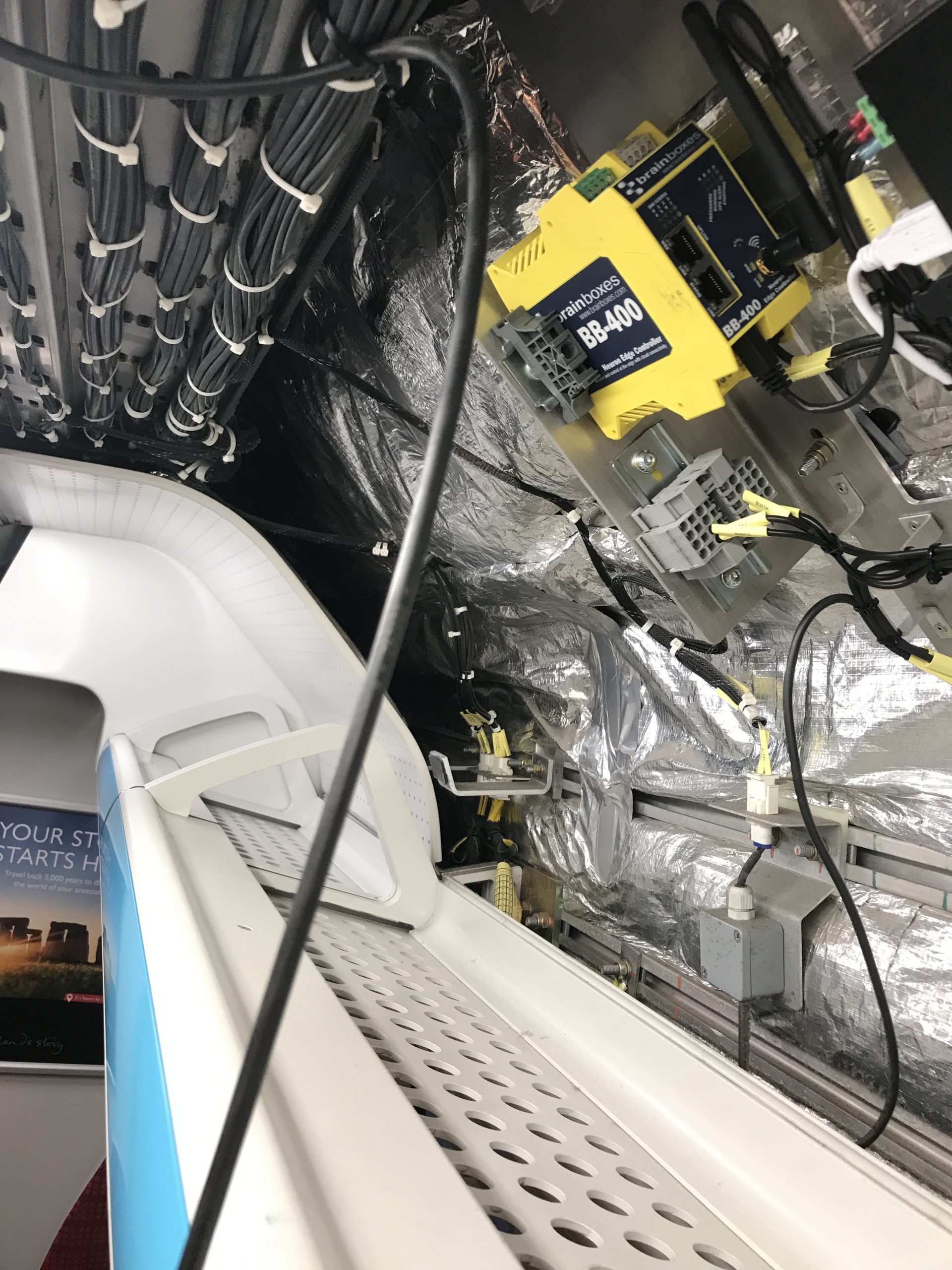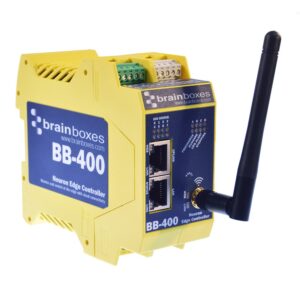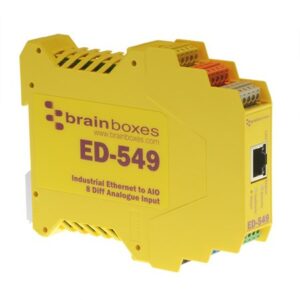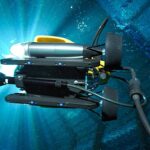Condition monitoring allows engineers to understand the health of key assets; whether they are machines in a factory, or for Govia, the UK’s largest railway franchise delivering 24% of all passenger rail journeys, the trains that make up their fleet.
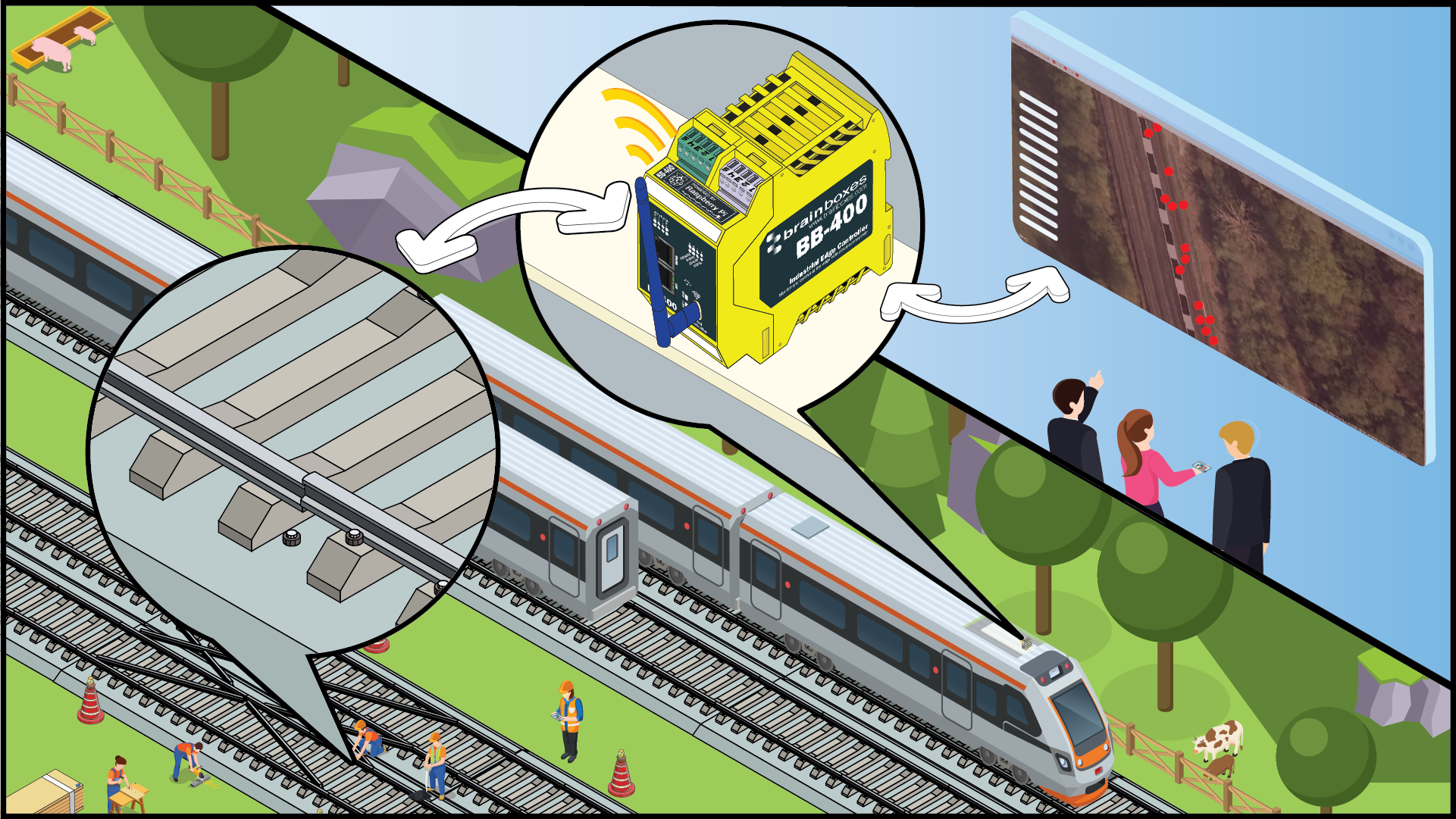
Serving Bedford and Brighton, Luton and Gatwick Airports, and London, Govia Thameslink Railway, one of the two major franchises managed by Govia, are committed to delivering a comfortable, reliable, and seamless service.
Passenger ride comfort on Govia Thameslink Railway trains is scored based on set standards. When a section of ride falls below the minimum comfort level, not only does this negatively affect the experience of the rail user, but also has significant financial repercussions for Govia. When an uncomfortable section is reported, an Emergency Speed Restriction (ESR) is imposed, reducing the train’s speed from around 100mph to as low as 50mph. This in turn leads to delays as trains back up and create bottlenecks on the line. As every delay minute of the service costs the operator in fines, it’s easy to see how ride comfort is key to more than just passenger experience.
To identify sections of the track that cause or contribute to the ride falling below acceptable comfort levels, Fleet Systems Engineer Darren Fitzgerald designed a system to monitor vibration sensors. The system records a vibration score every second, and uploads this, along with the GPS location of the train, to the Cloud.
The prototype phase of deployment utilised a Raspberry Pi to gather sensor data. Serving as a feasibility study, the Pi prototype then developed into a battery powered system with an added interface located under seats on carriages of the train. Although this second phase was able to go some way in proving the concept, the prototype was nevertheless unwieldy, and the strength of the GPS signal was adversely affected by the position of the system under seats.
By installing an intelligent edge processor that combines industrial hardware connections with the processing power of Raspberry Pi – Brainboxes BB-400 – the set-up became more manageable. With on-the-go software updates available, and the hardware able to meet the challenging specifications for rail, the final phase became a fully unattended monitoring system with the ability to gather and send accurate datapoints on comfort score and GPS location to the Cloud every second.
By the end of November 2020, the Passenger Ride Monitoring Tool was successfully capturing and sending 55k datapoints a day on each carriage in the trial. Ride comfort is scored based on 2 standards; ISO2361 Mechanical Vibration & Shock – with a range from very uncomfortable to comfortable – and BS EN 12299 2009 Railway Applications. Areas of the map that show a build-up of data points, hot spots highlighted by closely spaced red dots, indicate consistent discomfort in the ride at that section of track. By installing the system onto different coaches of each train, it is also possible to monitor how trains themselves are behaving.
Repairing sections of track is expensive, not least in enforced downtime of train services. With the ability to drill down to 50m accuracy thanks to the 1 second sampling interval, the intention is that the system will save track walkers from walking for miles to find the cause of the issue in the highlighted section of track. The more localised the report; the faster the fix and from a safety perspective; reduced time spent walking live tracks can only be beneficial.
By the end of January 2021 the Passenger Ride Monitoring Tool was installed into a further 10 coaches, with the operational trial ending in May, and with the long-term vision of full rollout to the whole rail fleet.
-
BB-400
$592.52 Add to cart -
ED-549
$408.38 Add to cart

